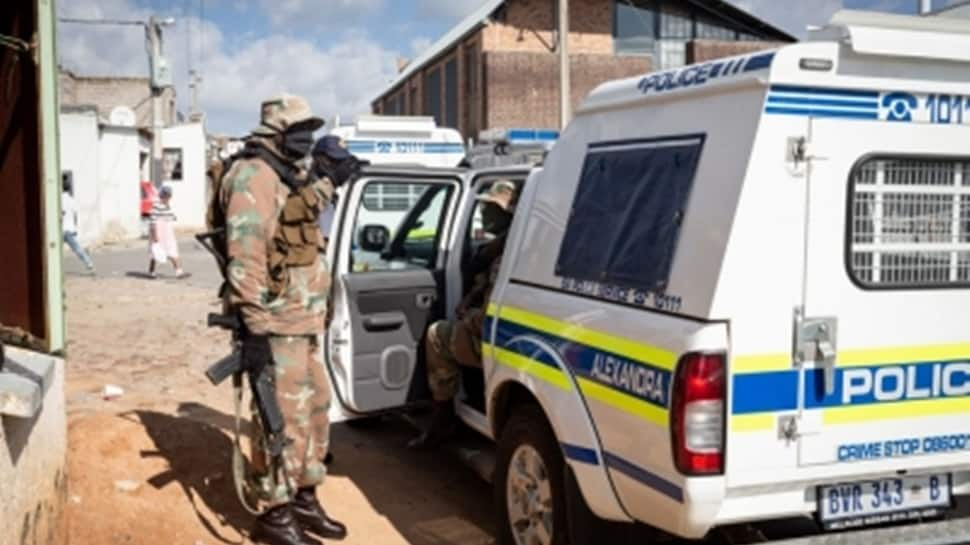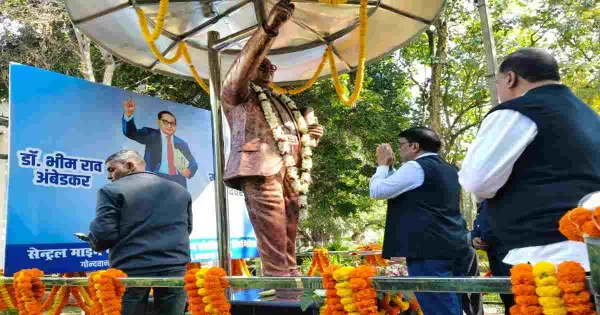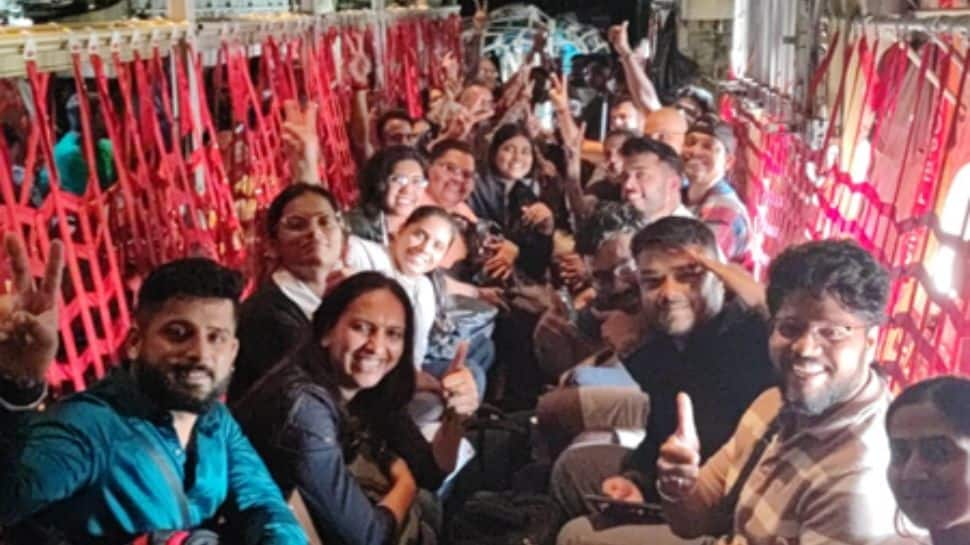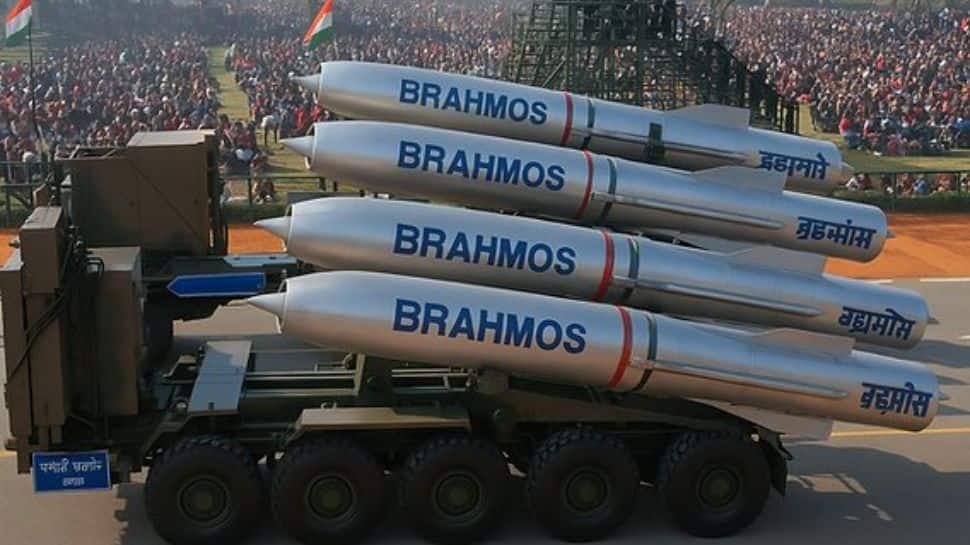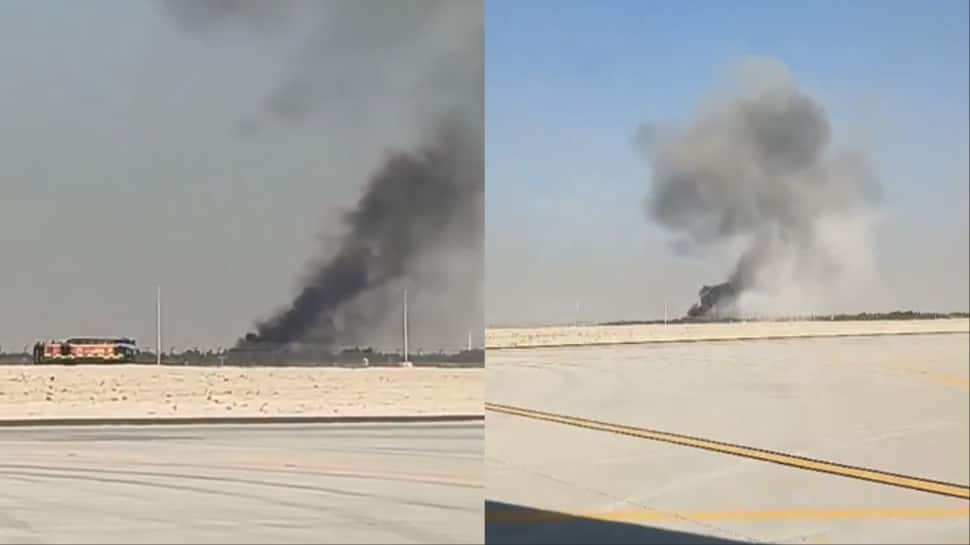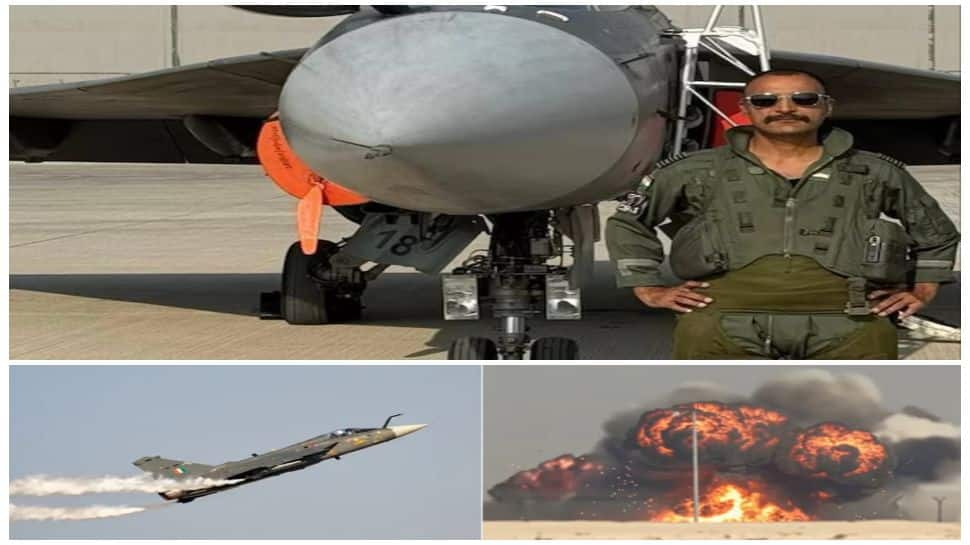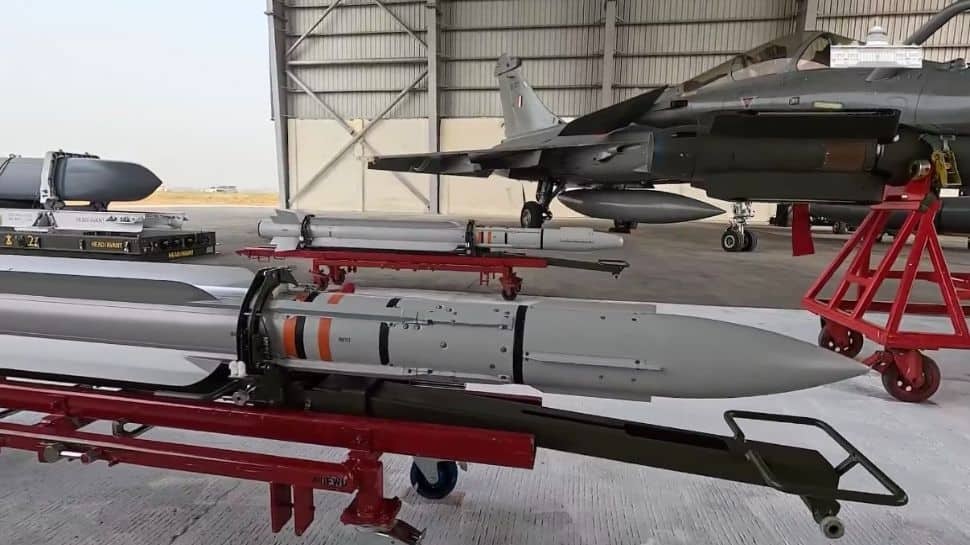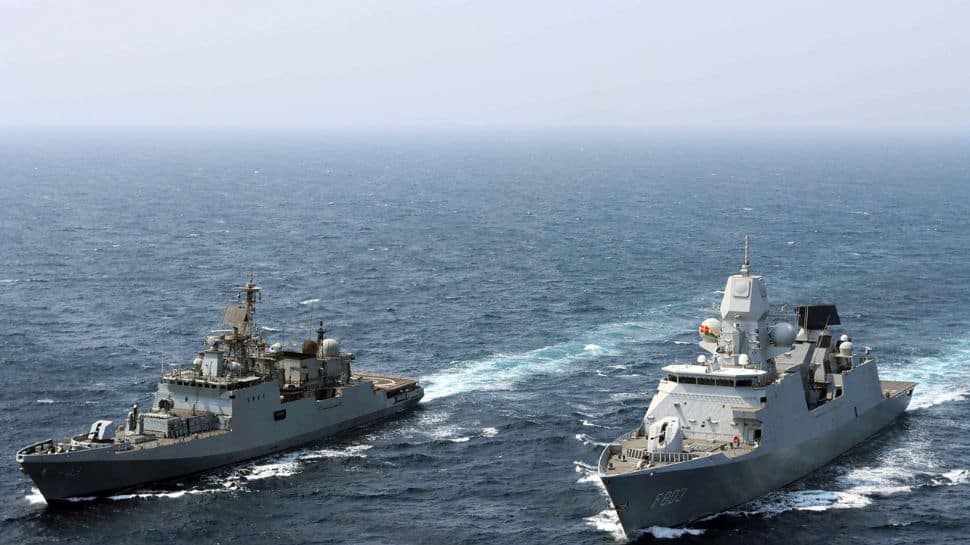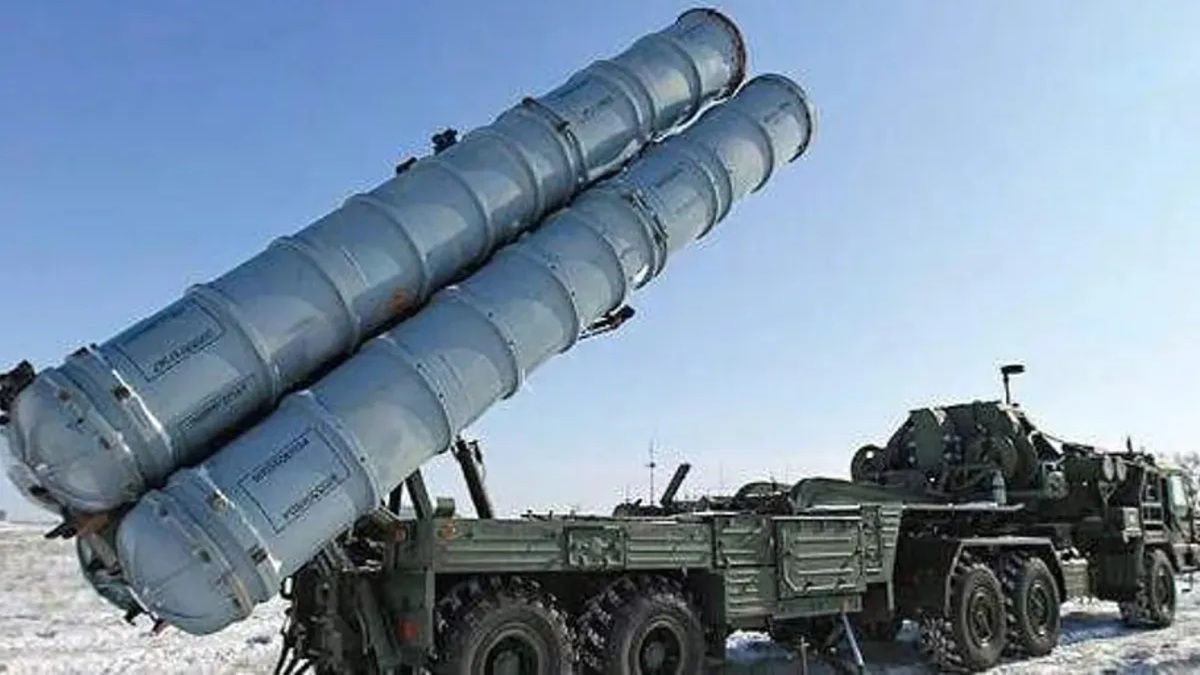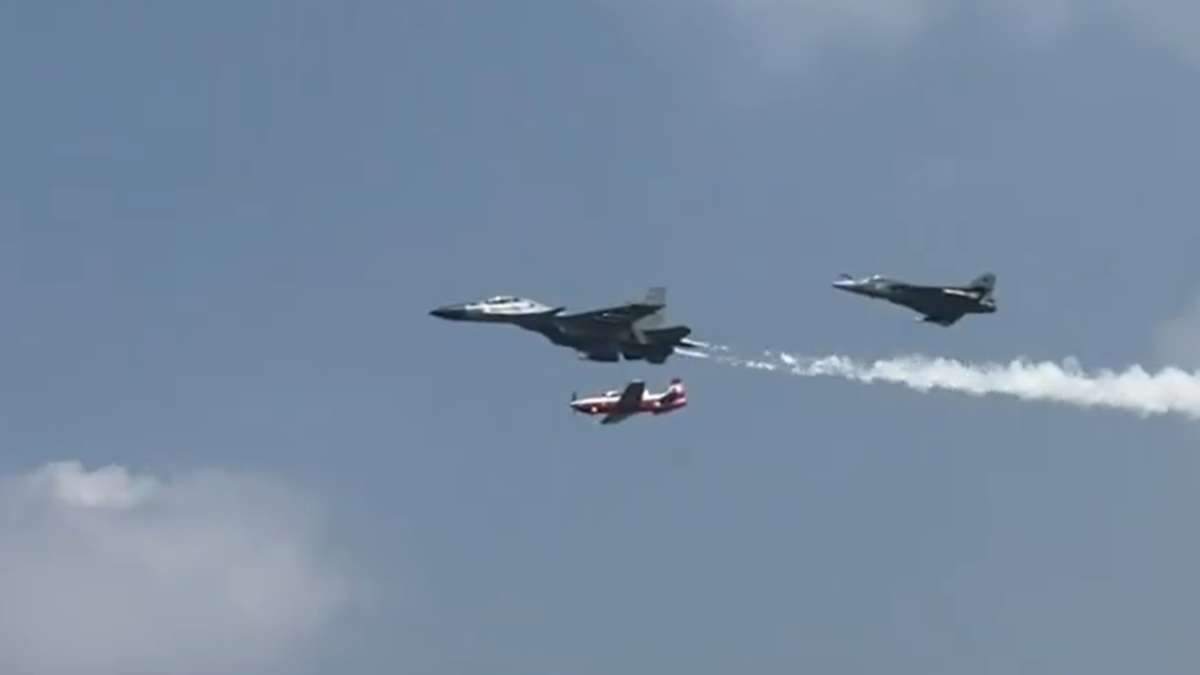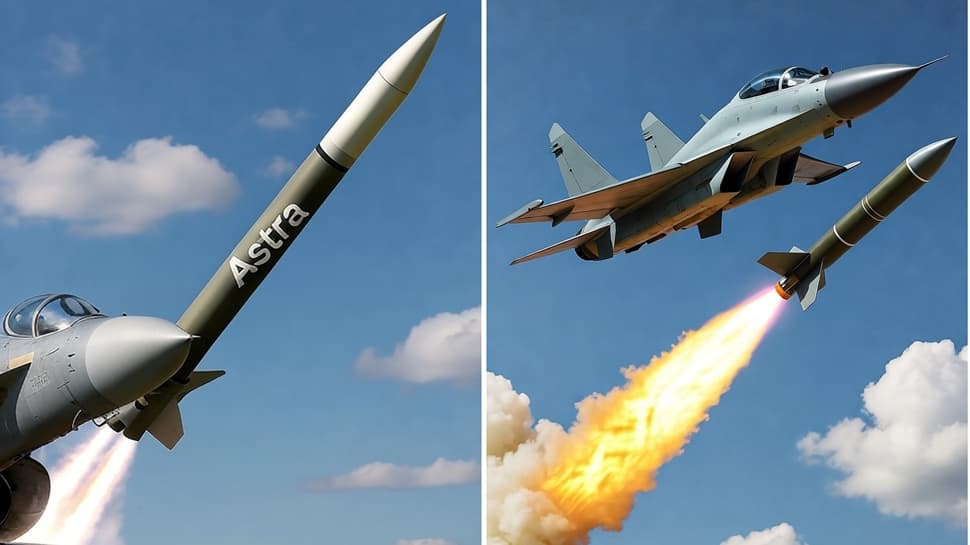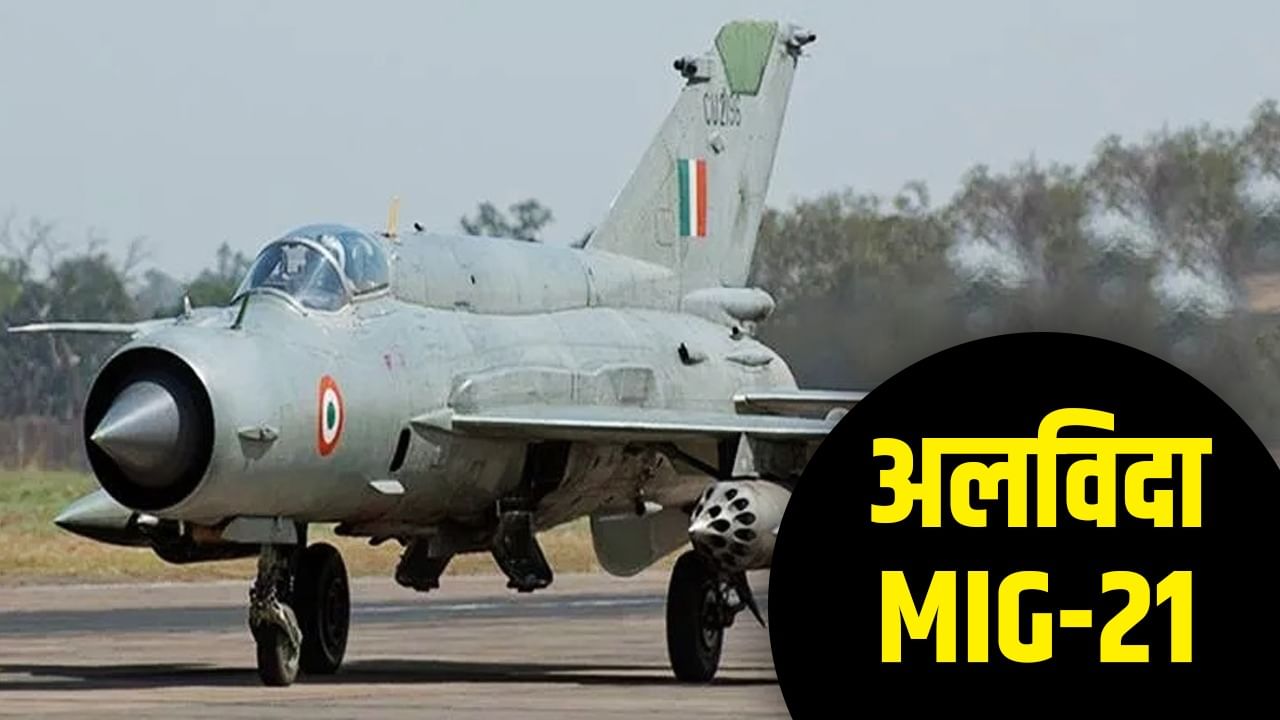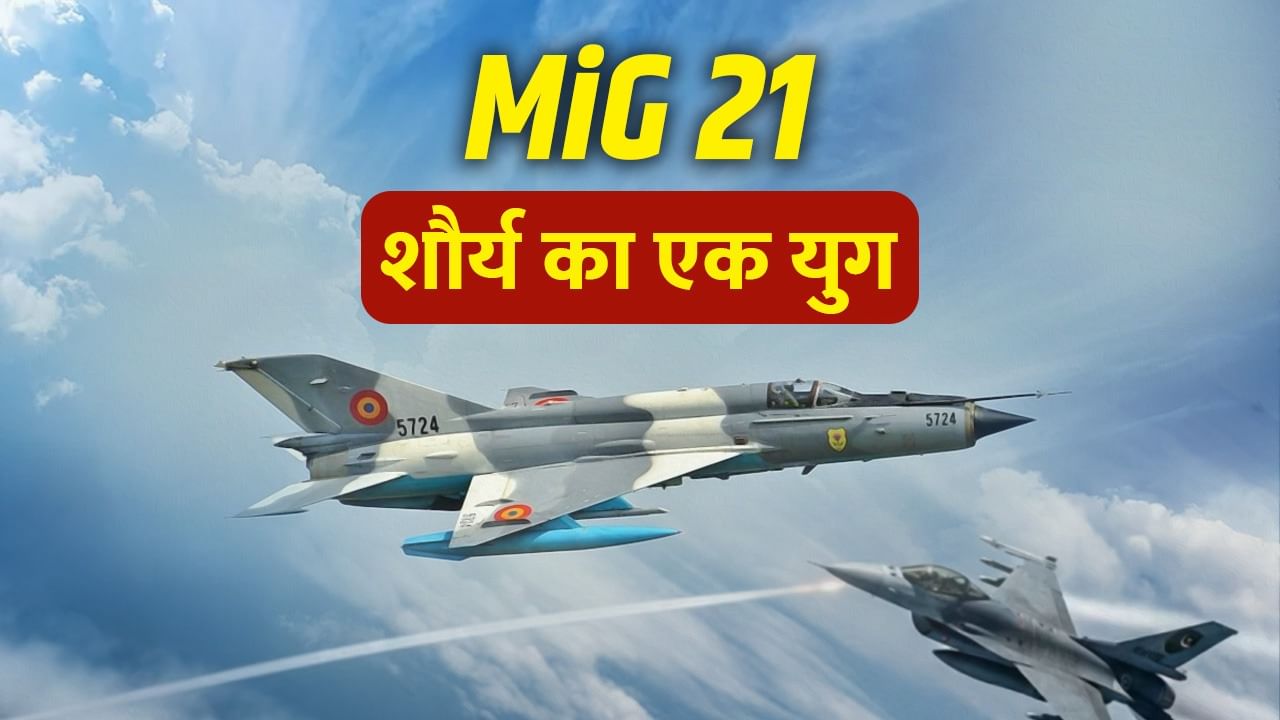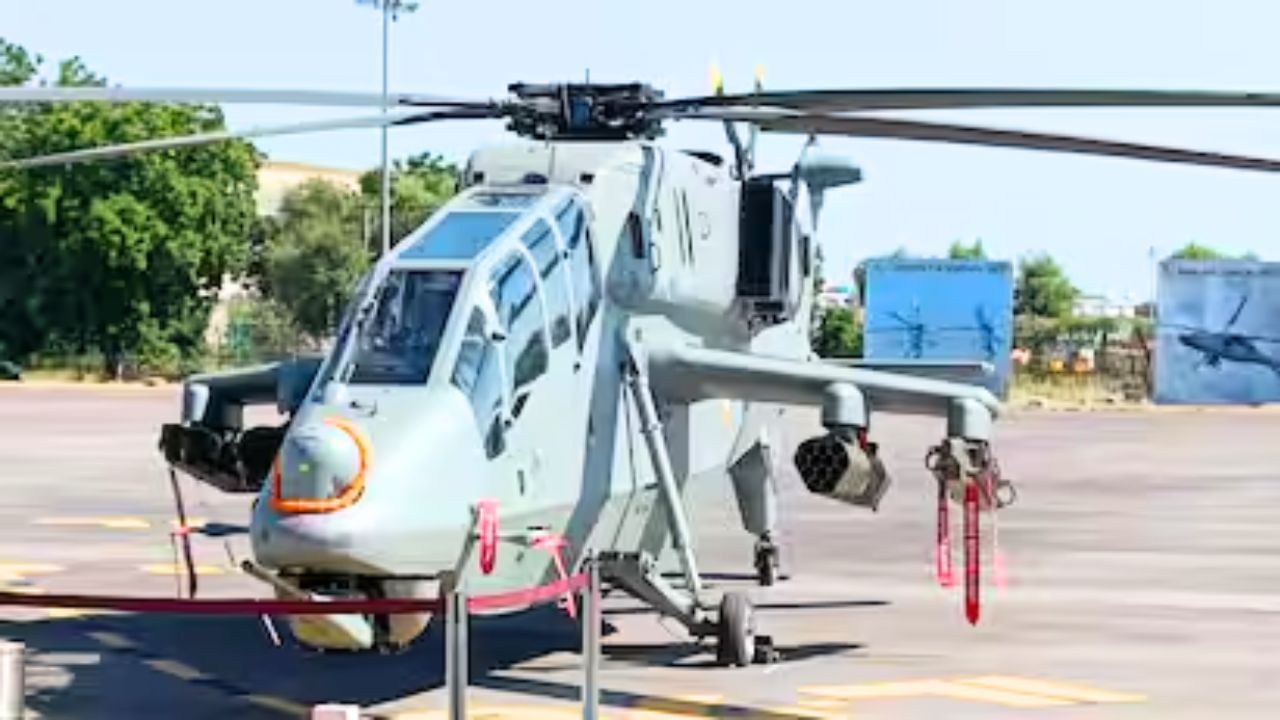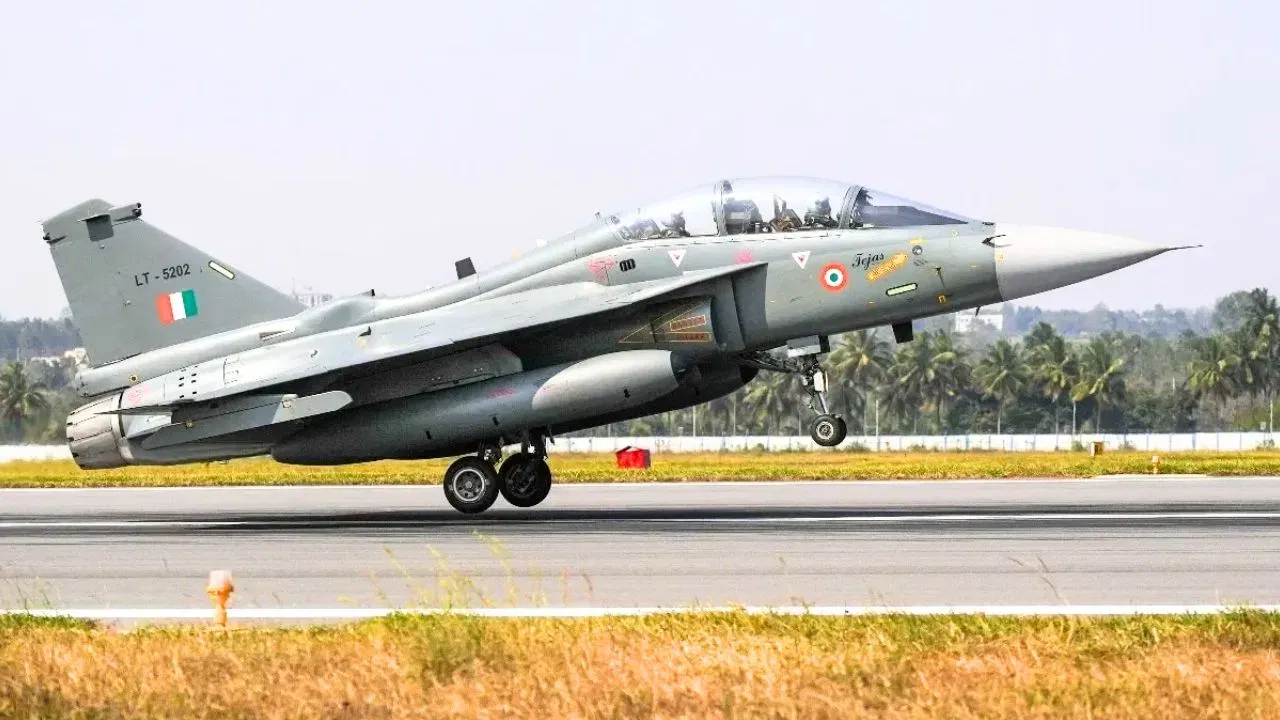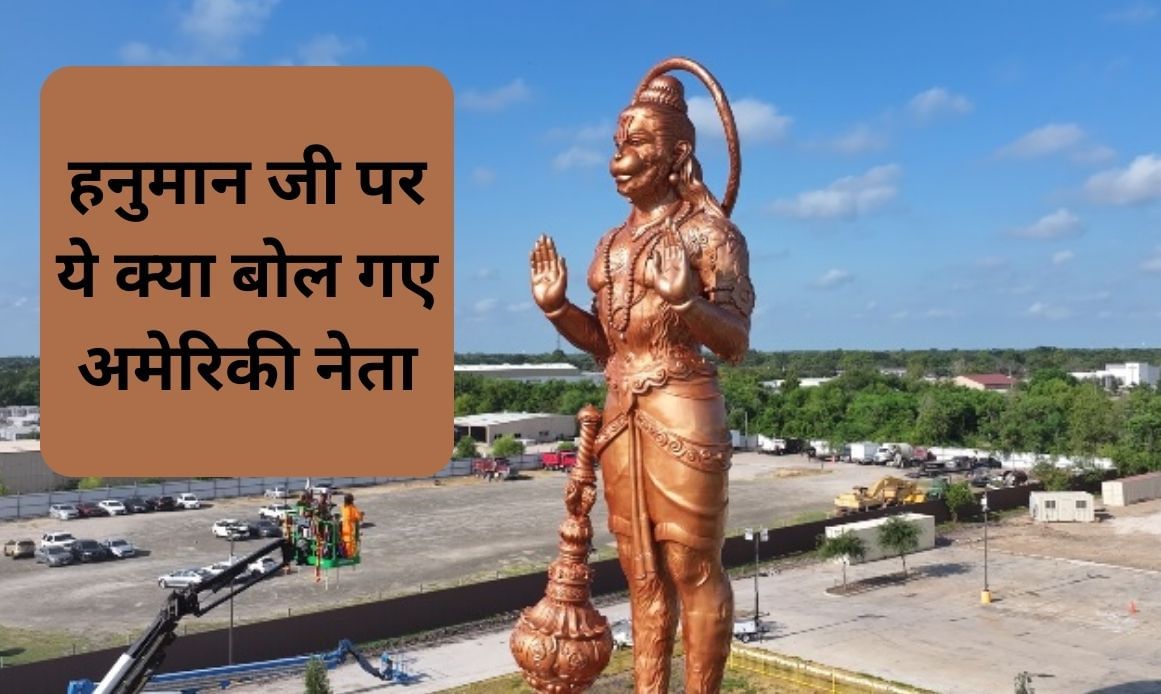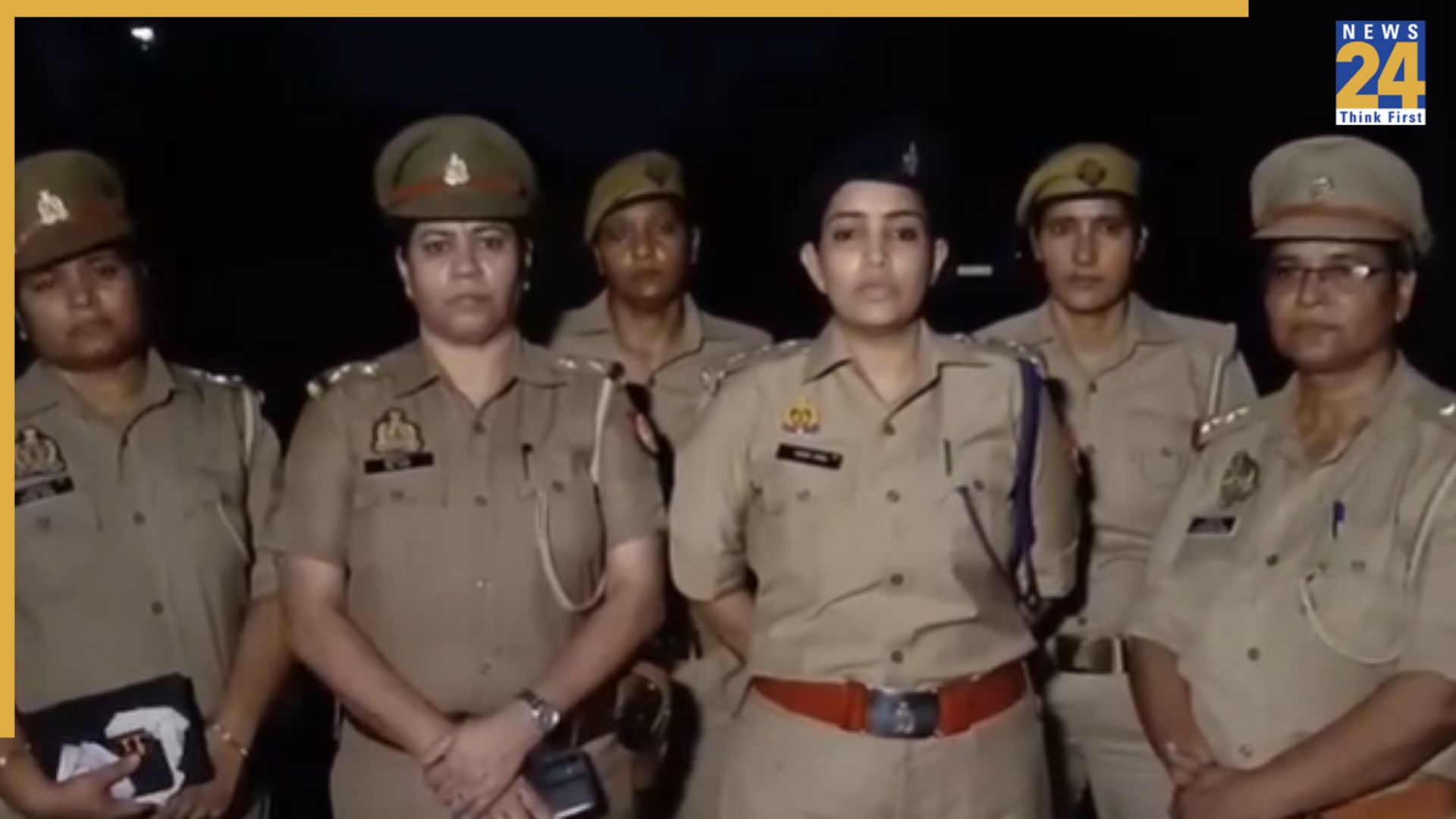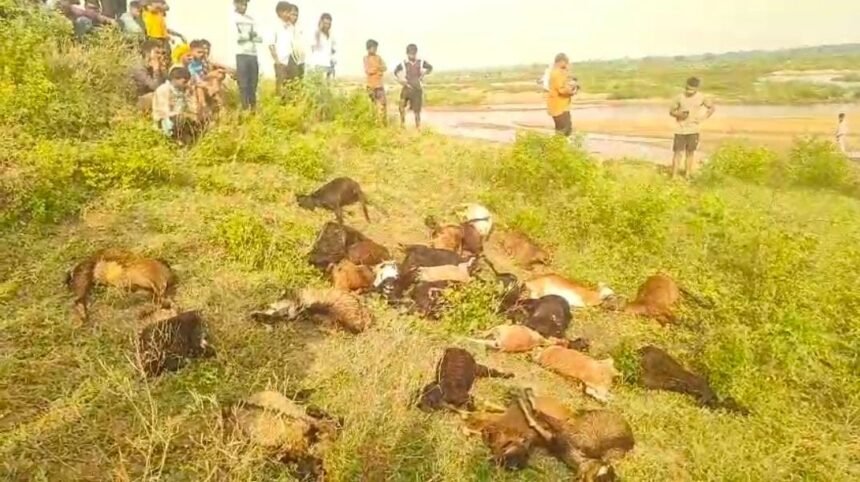Subscribe to Updates
Get the latest creative news from FooBar about art, design and business.
Browsing: Indian Air Force
The much-publicized 2016 Rafale fighter jet deal with France, intended to counter Pakistan’s F-16s, is facing intense scrutiny. While billed as a…
The Indian Air Force is set to significantly bolster its aerial capabilities with the acquisition of six new mid-air refuelling aircraft, a…
India’s massive tri-services military exercise, codenamed Trishul, has triggered significant alarm in Pakistan, leading to the temporary closure of airspace over central…
India is reportedly in advanced discussions with Russia for a significant missile procurement deal valued at approximately Rs 10,000 crore. This strategic…
The Light Combat Aircraft (LCA) Tejas Mk1A has successfully completed its inaugural test flight, marking a significant milestone for India’s indigenous defense…
The Indian Air Force (IAF) is set to significantly enhance its aerial combat capabilities with the upcoming acquisition of approximately 700 Astra…
The Indian Air Force (IAF) is set to significantly enhance its aerial combat capabilities with the upcoming induction of approximately 700 Astra…
The 92nd anniversary of the Indian Air Force will be celebrated with grandeur on October 8th. Preparations are underway for a spectacular…
India has maintained its unbeaten run in the Asia Cup, defeating Sri Lanka in a Super Over. Both teams scored 202 runs…
The Indian Air Force is officially retiring its iconic MiG-21 fighter jets. This marks the end of nearly six decades of service…
The MiG-21, a stalwart of the Indian Air Force for six decades, is set to retire, marking the end of an era.…
The Indian Air Force may see a significant boost in its capabilities in the coming years. India is reportedly seriously considering the…
India’s indigenous Light Combat Helicopter (LCH) Prachand is slated to become even more lethal and advanced. Hindustan Aeronautics Limited (HAL) is integrating…
The Indian Air Force is slated to receive two Tejas Mark 1A fighter jets next month, October 2025. Official sources from Hindustan…
The Indian Air Force (IAF) is preparing to retire its iconic MiG-21 fighter aircraft after more than six decades of service. The…
The government-owned aerospace company, Hindustan Aeronautics Limited (HAL), is expected to supply two Tejas Mark-1A fighter aircraft next month. Following the delivery…
